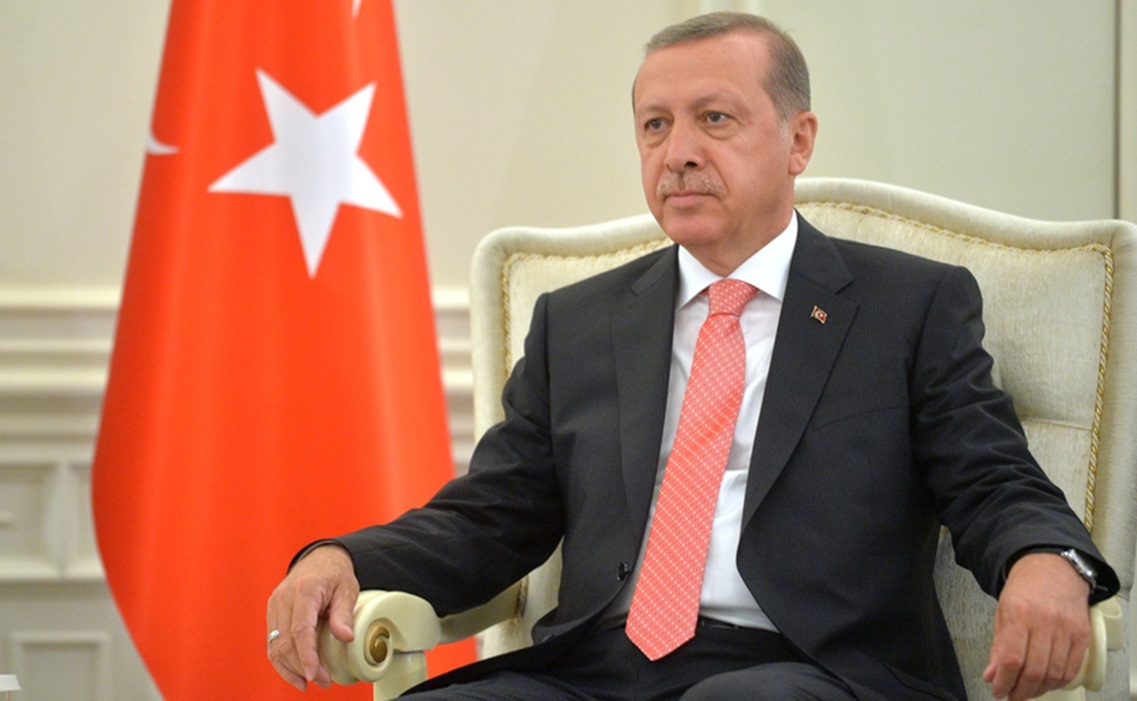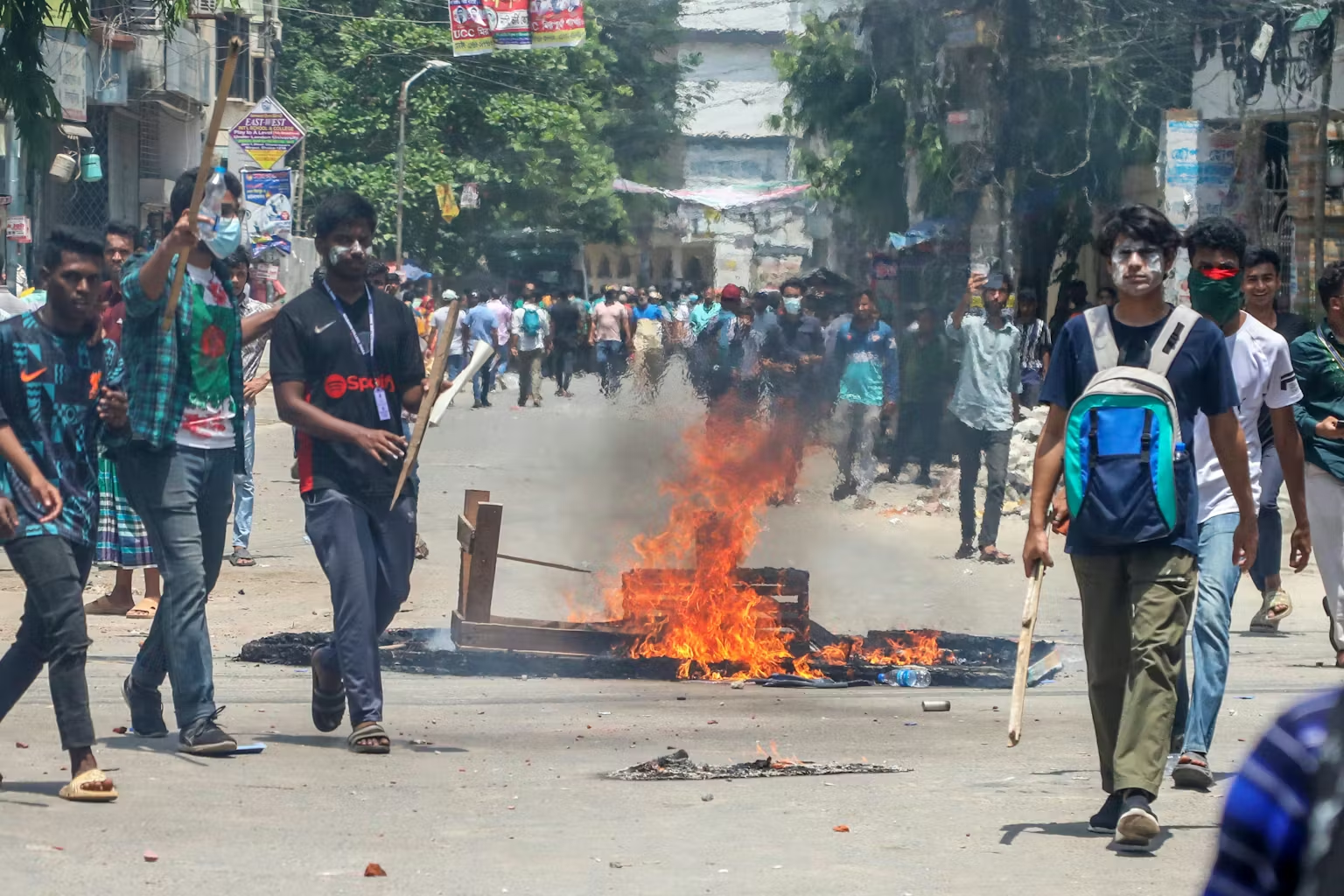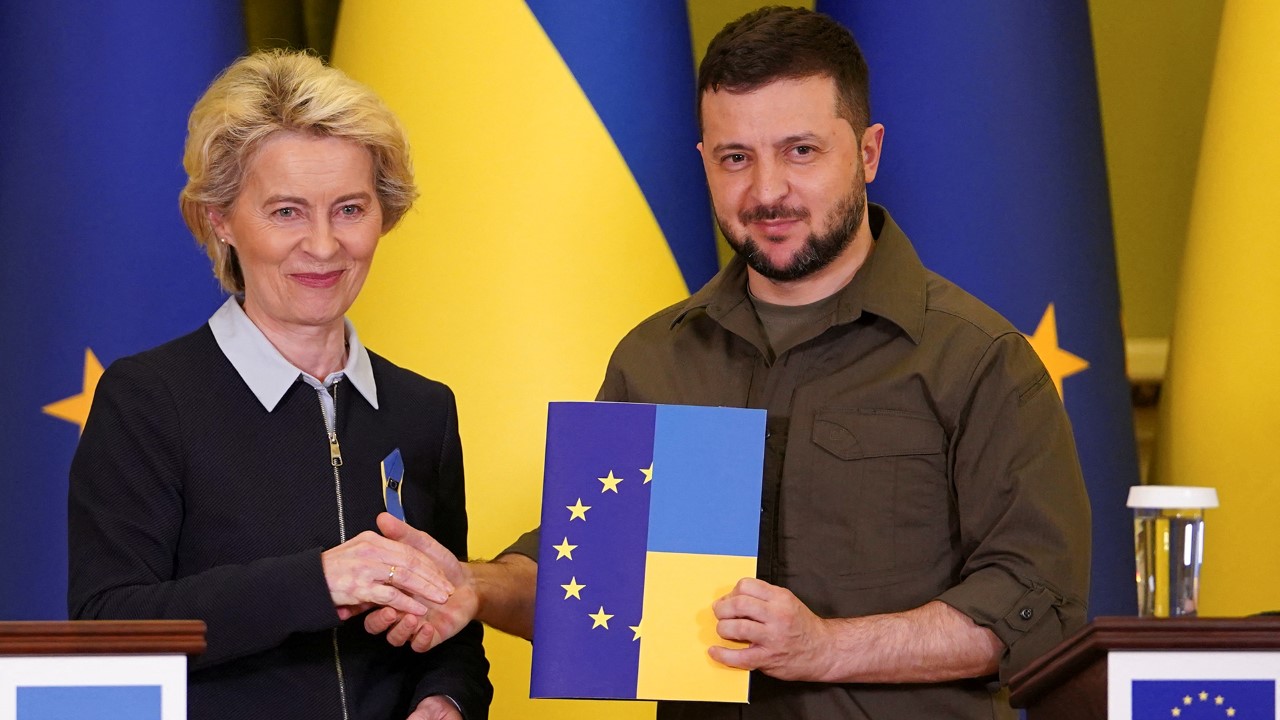In military strategy, by attacking the enemy, you dictate the terms of engagement, potentially forcing your opponent to react to your moves and leaving them on the defensive. This can disrupt their plans and create opportunities for your forces. The next war of India will be different from the wars India has fought to date.
A Mirror Across the Desert
“The wise see in the present the seeds of the future.” — Confucius
As missiles rained on Tel Aviv and precision strikes lit up the skies above Iranian nuclear sites, many in South Asia watched the firestorm unfold with the comfort of distance. But for those in Delhi’s war rooms and strategic think tanks, this latest Middle Eastern conflagration held up a mirror, revealing not just a war between Israel and Iran, but a reflection of what India might face in the years ahead. The future of warfare is no longer on the horizon. It is here, and it is being tested across borders we once considered peripheral.
While West Asia and South Asia are separated by history, culture, and geography, they are increasingly connected by the dynamics of modern conflict: technology-enabled preemption, information dominance, proxy warfare, and shifting alliances. If India faces a conflict tomorrow—with Pakistan as the principal adversary, backed by a resurgent China and a sympathetic Islamic coalition—the architecture of that war will resemble not Kargil or Balakot, but the recent Israeli-Iranian flashpoint. That is the war we must now prepare for.
Escalation Is No Longer a Ladder; It Is a Slide
“The enemy of strategy is not failure—it is surprise.” — Liddell Hart
On 12 June 2025, Israel launched a bold decapitation strike on Iran’s top nuclear and military command nodes. The intent was clear: disrupt Iran’s strategic planning, destroy its deterrent infrastructure, and send an unmistakable signal of dominance. What followed, however, was a chilling demonstration of how swiftly escalation can spiral beyond control. Within hours, Iran struck back—not just at military targets, but civilian zones, energy grids, hospitals, and communication networks.
This is the new reality: escalation is no longer a measurable metric. It is sudden, hybrid, and multidirectional. For India, this is an ominous warning. Our doctrines still assume time to calibrate responses, gauge enemy intent, and mount proportionate retaliation. But tomorrow’s war may unfold at speeds where strategic signalling becomes obsolete. A drone strike in the Jammu region could be answered by a cyberattack on Bengaluru, a missile barrage in Rajasthan, and social media disinformation aimed at rupturing social cohesion.
The Civilians Are Now on the Frontline
“To be prepared for war is one of the most effectual means of preserving peace.” — George Washington
In previous wars, civilians were shielded by geography. In today’s battlespace, there is no rear area. Iran’s response to the Israeli strike specifically targeted high-density civilian zones, aiming to undermine morale and create chaos. Medical facilities, apartment complexes, and commercial towers were hit deliberately, not as collateral, but as part of a strategy.
“War is no longer declared; it has started and moves slowly into our lives.” — Christa Wolf
India must understand that in the next war, cities like Mumbai, Chennai, or Gurugram may find themselves within the war zone from day one. Cyberattacks could paralyse banking systems, misinformation could stoke communal unrest, and AI-generated deepfakes could simulate government chaos. The enemy may not wear uniforms. The battlefield will be psychological, digital, and deeply personal.
“You may not be interested in war, but war is interested in you.” — Leon Trotsky
We are only beginning to invest in civil defence mechanisms. But unless smart cities are hardened and our civilian infrastructure is brought under a national resilience framework, India will remain vulnerable, not to military defeat, but to psychological collapse.
Tactical Brilliance Doesn’t Guarantee Strategic Clarity
“Strategy without tactics is the slowest route to victory. Tactics without strategy is the noise before defeat.” (“Sun Tzu Approach to Strategic Planning – Soltzu.com”) — Sun Tzu
There is no doubt that Israel’s military execution was superb. Its aircraft penetrated deep into Iranian territory, its missiles evaded sophisticated air defence grids, and its targets were struck with surgical accuracy. Yet the aftermath has triggered troubling strategic questions. Iran is neither cowed nor crippled. The political costs are mounting, and regional instability is increasing.
India’s cross-border strikes—whether at Balakot or during Operation Sindoor were tactically exemplary. But will such actions change Pakistan’s strategic calculus? Or will they reinforce Rawalpindi’s commitment to asymmetry and deniability? The line between deterrence and provocation is thin and increasingly blurred by technological and ideological variables.
“The supreme art of war is to subdue the enemy without fighting.” — Sun Tzu
Moreover, with China as an unpredictable variable, India must ask: What are the strategic trade-offs of retaliatory actions? Could we open a two-front crisis inadvertently? Can our economic, diplomatic, and military structures absorb that pressure? The Middle East reminds us: tactical victory can come at a strategic cost.
Autonomy is a Myth: Modern War is a Coalition Endeavour
“The best way to keep your allies is not to need them—but to value them.” — Henry Kissinger
There is a persistent belief in Indian military culture that we must be self-reliant in war. While strategic autonomy is a noble and necessary pursuit, the current conflict has exposed its limitations. Despite its technological prowess, Israel has leaned heavily on U.S. intelligence, logistics, and diplomatic cover. Without those, its campaign against Iran would have faltered.
India must acknowledge this lesson. A future war against a Pakistan-China axis will stretch our inventories, ISR capacity, and strategic reserves. We will need real-time intelligence from partners. We may need refuelling support, electronic warfare assistance, satellite bandwidth, or even rear basing.
“He who wishes to fight must first count the cost.” (“50 Famous quotes and sayings by Sun Tzu”) — Sun Tzu
Our existing pacts like COMCASA, BECA, and LEMOA are tools of war, not just instruments of diplomacy. They must now be tested in war-gaming scenarios. And our strategic partnerships must evolve from dialogue tables to joint operational readiness.
Offence Has Become Cheaper; Defence More Costly
“Victory in modern war belongs not to the nation with the deepest pockets, but to the one with the smartest tools.” — Anonymous Pentagon Planner
In recent weeks, Iran has overwhelmed Israeli air defences using a combination of cruise missiles, loitering munitions, and AI-enabled drone swarms. Many were improvised, cheap, and deniable. Yet they proved devastatingly effective. By contrast, Israel’s Iron Dome and Arrow-3 systems cost millions per intercept. The offence-defence cost curve has been reversed.
This is a dangerous development. Pakistan has already invested in Chinese-made armed drones, Turkish ISR platforms, and long-range guided artillery. In the next crisis, it may deploy these to strike Indian air bases, depots, or convoys far behind the frontlines. With China as a potential silent enabler, the pressure on India’s air defence, radar coverage, and redundancy planning will be immense.
“The enemy of my enemy is not my friend—it is my problem multiplied.” — Gen. Stanley McChrystal
India must rethink its investment model. We cannot merely build thicker walls. We must build smarter systems—AI-integrated radar, electromagnetic hardening, drone jammers, and offensive cyber capabilities. The best defence may not be just pre-emption, but disruption.
Strategic Vulnerabilities Are Now Tactical Targets
“There is nothing so likely to produce peace as to be well prepared to meet an enemy.” (“Founding Fathers Quotes from America’s Courageous Revolutionaries”) — George Washington
Perhaps the most unnerving lesson from the Iran-Israel clash is this: strategic depth is a myth. Deep underground facilities, nuclear bunkers, and hardened command posts were all put at risk. The fog of deterrence is lifting, and survivability is being recalibrated.
For decades, Pakistan has operated under the assumption that its nuclear infrastructure is beyond reach, both physically and diplomatically. That assumption is now cracked. Israel’s strike on Iran’s enrichment facilities and America’s swift attacks on hardened bunkers signal a new operational confidence.
“In war, the moral is to the physical as three is to one.” — Napoleon Bonaparte
Pakistan may now accelerate its nuclear dispersal, harden mobile launch systems, and diversify strike platforms. This is not a stabilising outcome—it’s a dangerous one. For India, the need to modernise its strategic command, ensure hardened continuity, and invest in counterforce tracking becomes urgent.
The Battlespace Has No Borders.
“The war of the future will be fought with images, illusions, and networks.” — Alvin Toffler
This crisis has demonstrated that wars are no longer bound by geography. The Iranian response included not just kinetic strikes but also influence operations in the West, social media campaigns, and coordinated cyberattacks. Israeli retaliatory strikes were accompanied by digital countermeasures and psychological operations.
India must plan accordingly. A Pakistan-backed attack may be supported by Chinese satellite data, Turkish propaganda influencers, or AI-generated content designed to fracture domestic opinion. Our ability to fight this war will depend not just on tanks and planes, but on digital resilience, narrative dominance, and institutional trust.
Pre-emption May Become Strategic Doctrine
“He who controls the narrative controls the battlefield.” — Clausewitz (modern paraphrase)
One quiet shift underway in strategic circles is this: pre-emption is gaining legitimacy. Israel’s strikes were pre-emptive. So were several U.S. operations. And global opinion, fatigued by ambiguity, has shown more understanding than expected.
“In strategy, timing is everything.” — Miyamoto Musashi
India may reach that threshold soon. If intelligence points to an imminent Pakistani or Chinese move, be it cyber, kinetic, or terrorist, New Delhi may no longer wait to be struck. This will require doctrinal clarity, political courage, and international communication.
“The best defence is not just a good offence—it is the first offence.” — Gen. Norman Schwarzkopf
The Cost of Inaction Is Growing
“Indecision is the thief of opportunity.” — Cicero
Finally, the Middle East reminds us that hesitation can be fatal. Iran, for all its bravado, is now playing catch-up. It lost strategic depth, operational tempo, and diplomatic capital. For India, hesitation could invite emboldenment by Pakistan, China, or both.
The cost of inaction may not be defeat in battle, but the loss of initiative, credibility, and deterrence. Our adversaries are watching—not just what we do, but what we hesitate to do.
Conclusion: Victory Will Belong to the Prepared
“Luck favours the prepared.” — Louis Pasteur
The next war will not resemble any that India has fought before. It will be borderless, multi-domain, deeply psychological, and technologically disorienting. It will not begin with the roar of artillery but with the silence of a blackout, the flicker of a false video, or the breach of a data node.
India must act now. It must reform, harden, and collaborate. Strategic autonomy must be coupled with operational partnerships. Doctrine must evolve alongside drone labs and data centres. Our victory will not come from the scale of our forces, but the clarity of our purpose.
“Prepare for the unknown by studying how others in the past have coped with the unforeseeable and the unpredictable.” (“Three Lessons in Leadership From General Patton – COGWA Members”) — Gen. George S. Patton
Because in the war that is coming, the winner will not be the strongest. It will be the readiest.
Title image courtesy: https://spacewatchafrica.com/
Disclaimer: The views and opinions expressed by the author do not necessarily reflect the views of the Government of India and Defence Research and Studies







